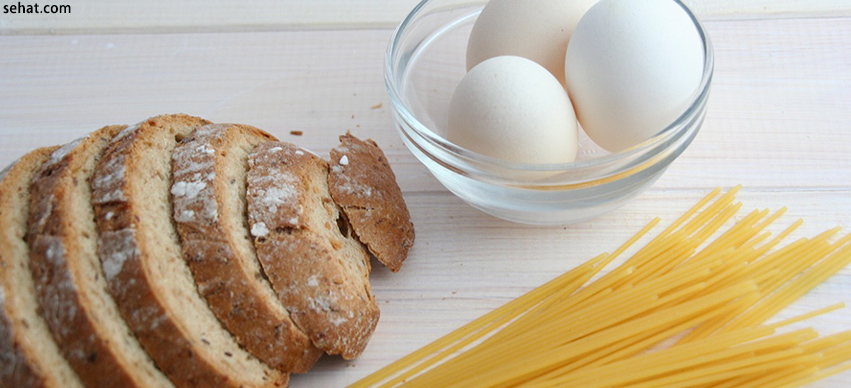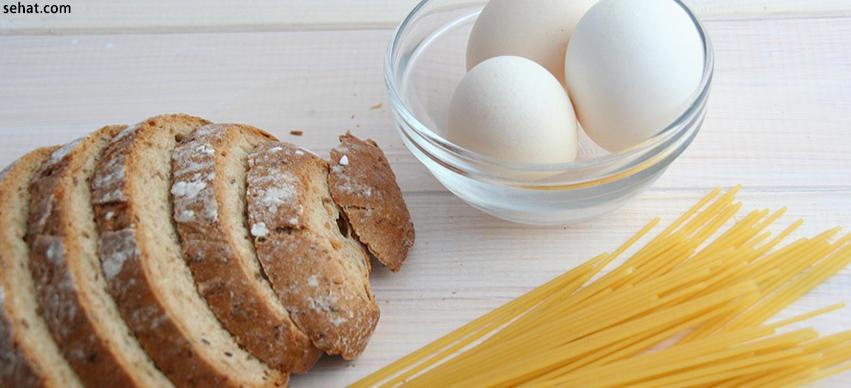What is Tempeh? Nutrition, Health Benefits, How to eat
4 Min Read


Are you suffering from constant stomach upsets? You may need to change your diet to stop those frequent visits to the toilet. A low residue diet is a diet meant to minimize the amount of fibre your body has to digest in a day. The diet will slow down your bowel movement. It might be necessary for people who have undergone treatment or surgery to their bowels. The diet tries to keep the daily dietary intake below 10-15 grams. It is possible for you to get all the proteins, fluids, salt, minerals, vitamins, etc.
This diet is good for people who have undergone any sort of treatment, or operation, on their bowels. In case you have diverticulitis, ulcerative colitis, bowel inflammation, Crohn’s disease, or acute diarrhoea, this disease will be good for you. You do not have to follow this diet for the rest of your life- just as long as it takes your bowel to get better. In fact, it is better for you to go on a low fibre diet following chemotherapy. You would have to get in touch with a dietician, who will be able to plan your diet for you.
These are some of the foods you need to eat when you are on a low fibre diet. It’s good for you to have enough dairy products when you are on the diet. You can have some yogurt, milk, cottage cheese, pudding, or even hard cheese. You just have to make sure you do not add any nuts, fruit, or vegetables to the diet. You can also have white pasta, crackers, or white breads. You just have to make sure you do not have anything whole grain.
There are very few vegetables you can eat- yellow squash, pumpkin, eggplant, spinach, green beans, asparagus, carrots, beets, and potatoes. Any vegetable with a low-fibre content is good for you. You can have almost all ripe fruit, except for pineapple, berries, fresh figs, prunes, and dried fruits.
You can eat cooked meat (fish, bacon, poultry).
You should eat small portions of food, and eat frequently. You should not have large portions of food only three or four times a day. It will not do for you to eat incredibly hot or spicy food. Hot foods increase the motility of your intestine, which would be terrible for your bowels. Spicy foods are difficult to digest, so they should not be a part of your low fibre diet, too.
A lot of people are lactose intolerant. For them, the low residue diet can be really difficult, especially if they are on the diet for diarrhoea-related problems. Such people might be able to handle a small amount of lactose. You should just limit your milk intake to about half cup, no matter what lactose product you are consuming. Soya milk is a good option for people as well.
Your heaviest meal of the day should be your breakfast. You can follow breakfast up with some morning tea, or a brunch. You can have a light meal in the afternoon, in lieu of lunch. You should follow the lunch with dinner, during evening time. You should end your day with supper late at night. The supper should be the lightest meal of the day.
The biggest drawback of the low fibre diet is the fact that it is not sustainable in the long run. The diet can only last for about 4 or 5 days. The diet is not rich in Vitamin C, calories, folic acid, etc.
If you go on a low-fibre diet for a long time, you will start feeling much weaker. It might make it difficult for you to switch back to your normal diet after undergoing the low residue diet.